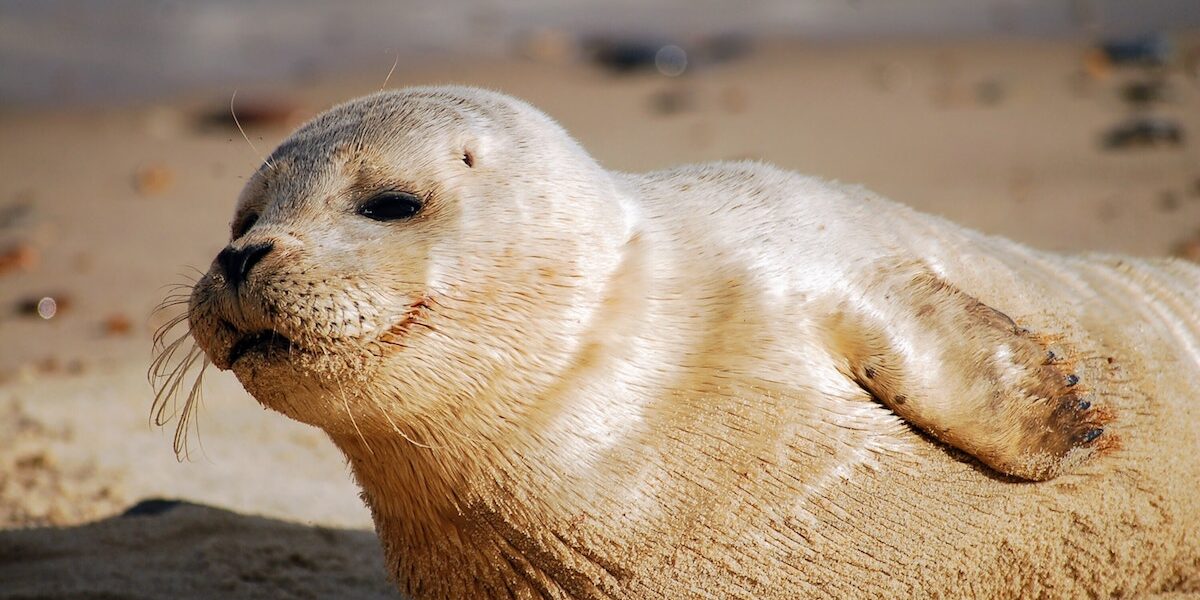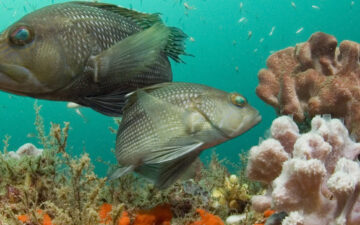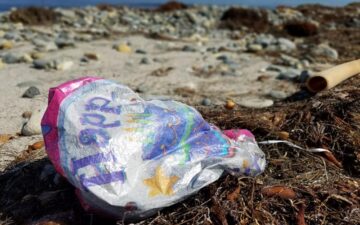By Mark J. Spalding, President, The Ocean Foundation
On a recent trip to Maine, I had the opportunity to visit two exhibits at Bowdoin College’s Peary-McMillan Arctic museum. One was called Spirits of Land, Air, and Water: Antler Carvings from the Robert and Judith Toll Collection, and the other was called Animal Allies: Inuit Views of the Northern World. The Inuit carvings and prints on display are extraordinary. Artifacts and inspiring text within the exhibit, as well as photographs by Bill Hess support the elegant displays.
At this time of year, it was particularly fitting to be reacquainted with Sedna, the mother of all marine creatures in Inuit mythology. One version of the story has it that she was once human and now dwells at the bottom of the sea, having sacrificed each of her fingers to populate the ocean. The fingers became the first of the seals, walrus, and other creatures of the sea. It is she who nurtures and protects all of the creatures of the sea and she who decides how they will help the humans who depend on them. It is she who determines whether the animals will be where humans who need them are hunting. And it is humans who must respect and honor Sedna and the creatures in their taking. Inuit mythology further holds that each human misdeed besmirches her hair and body, and thus, in turn harms the creatures in her care.
As we learn more about the effects of warming oceans, change of pH, hypoxic zones, and rising sea levels on the vulnerable coasts of the north, Sedna’s role in reminding of us our responsibility to nurture the bounty of the ocean becomes ever more important. From Hawaii to New Zealand’s Maori, from Greece to Japan, across all coastal cultures, peoples’ mythologies reinforce this fundamental principle of the human relationship to the sea.
For Mother’s Day, we honor those who also wish to respect and nurture the creatures of the sea.







